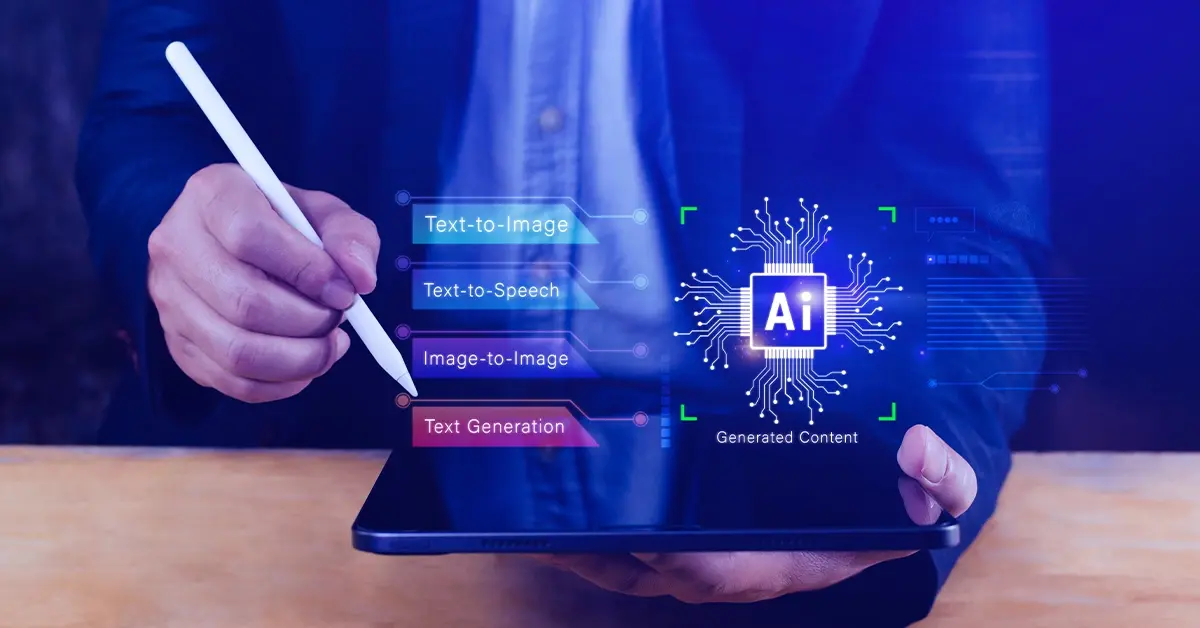Introduction
Artificial Intelligence (AI) is no longer a futuristic concept; it’s here, and it’s transforming the way we interact with technology. Among the most advanced AI tools is ChatGPT, an AI developed by OpenAI. For developers, integrating ChatGPT into applications can open up a world of possibilities, from enhancing user interactions to automating customer service. But how exactly can developers tap into the power of ChatGPT? Let’s dive in!
Understanding ChatGPT
What is ChatGPT?
ChatGPT is a language model developed by OpenAI. It can generate human-like text based on the input it receives, making it incredibly versatile for various applications.
How Does ChatGPT Work?
At its core, ChatGPT uses a type of neural network architecture called the Transformer. It processes text data in chunks and predicts the next word in a sequence, which enables it to generate coherent and contextually relevant responses.
Why Use ChatGPT?
Using ChatGPT can significantly enhance user engagement. It can provide instant responses, handle multiple queries simultaneously, and offer personalized interactions, making it a valuable addition to any application.
Getting Started with ChatGPT
Setting Up Your Environment
Before integrating ChatGPT, ensure your development environment is set up correctly. This includes having the necessary libraries and tools installed.
Accessing the OpenAI API
To use ChatGPT, you’ll need access to the OpenAI API. Sign up for an API key on the OpenAI website and familiarize yourself with the documentation.
Basic API Requests
Start by making basic API requests. This will help you understand how to send input to ChatGPT and receive output.
Integrating ChatGPT into Your Application
Choosing the Right Application
Determine the best use case for ChatGPT in your application. Is it for customer service? A virtual assistant? Or maybe for content generation? The possibilities are endless.
Building the Backend
Develop a robust backend that can handle API requests and responses. Ensure your backend can process data efficiently and handle multiple requests.
Frontend Integration
Integrate ChatGPT into your frontend to make it accessible to users. This might involve creating a chat interface or integrating it into existing UI elements.
Enhancing User Interactions
Personalizing Responses
Leverage user data to personalize responses. This makes interactions feel more natural and engaging for users.
Handling Multiple Languages
If your application serves a global audience, consider implementing multilingual support. ChatGPT can handle multiple languages, making it a versatile tool for international applications.
Ensuring Data Privacy
Implementing Security Measures
When dealing with user data, security is paramount. Implement robust security measures to protect user information and ensure compliance with data protection regulations.
Anonymizing Data
To enhance privacy, anonymize user data before sending it to ChatGPT. This adds an extra layer of security and builds trust with your users.
Optimizing Performance
Managing API Costs
Using the OpenAI API incurs costs. Optimize your API usage to manage expenses effectively. This might involve caching frequent responses or limiting the number of requests.
Improving Response Times
Work on reducing response times to enhance the user experience. This can involve optimizing your back end infrastructure and using efficient algorithms.
Testing and Deployment
Conducting Thorough Testing
Test your integration extensively. This includes functional testing, performance testing, and user acceptance testing to ensure everything works smoothly.
Deploying Your Application
Once testing is complete, deploy your application. Monitor its performance and be ready to make adjustments based on user feedback.
Scaling Your Application
Handling Increased Traffic
As your application grows, be prepared to handle increased traffic. This might involve scaling your infrastructure and optimizing your code.
Maintaining High Availability
Ensure your application remains available even during peak times. This involves implementing load balancing and fail over mechanisms.
Future-Proofing Your Integration
Staying Updated with OpenAI
OpenAI continually updates its models. Stay informed about the latest developments to keep your integration up-to-date and leverage new features.
Expanding Use Cases
Explore new use cases for ChatGPT as your application evolves. This can help you stay ahead of the competition and continually offer value to your users.
Conclusion
Integrating ChatGPT into your applications can revolutionize the way you interact with users. From enhancing customer service to personalizing user experiences, the possibilities are vast. By following the steps outlined in this guide, developers can seamlessly integrate ChatGPT and unlock its full potential. So, what are you waiting for? Dive in and start transforming your applications with ChatGPT today!
FAQs
1. What are the primary benefits of integrating ChatGPT into my application?
Integrating ChatGPT enhances user engagement by providing instant, personalized responses, improving customer service, and automating repetitive tasks.
2. How do I ensure the security of user data when using ChatGPT?
Implement robust security measures such as encryption, anonymizing data, and adhering to data protection regulations to ensure user data privacy.
3. Can ChatGPT handle multiple languages?
Yes, ChatGPT supports multiple languages, making it ideal for applications with a global audience.
4. How can I manage the costs associated with using the OpenAI API?
Optimize API usage by caching frequent responses, limiting requests, and monitoring usage to manage costs effectively.
5. What should I do if my application experiences increased traffic?
Scale your infrastructure, optimize your code, and implement load balancing and failover mechanisms to handle increased traffic and maintain high availability.


